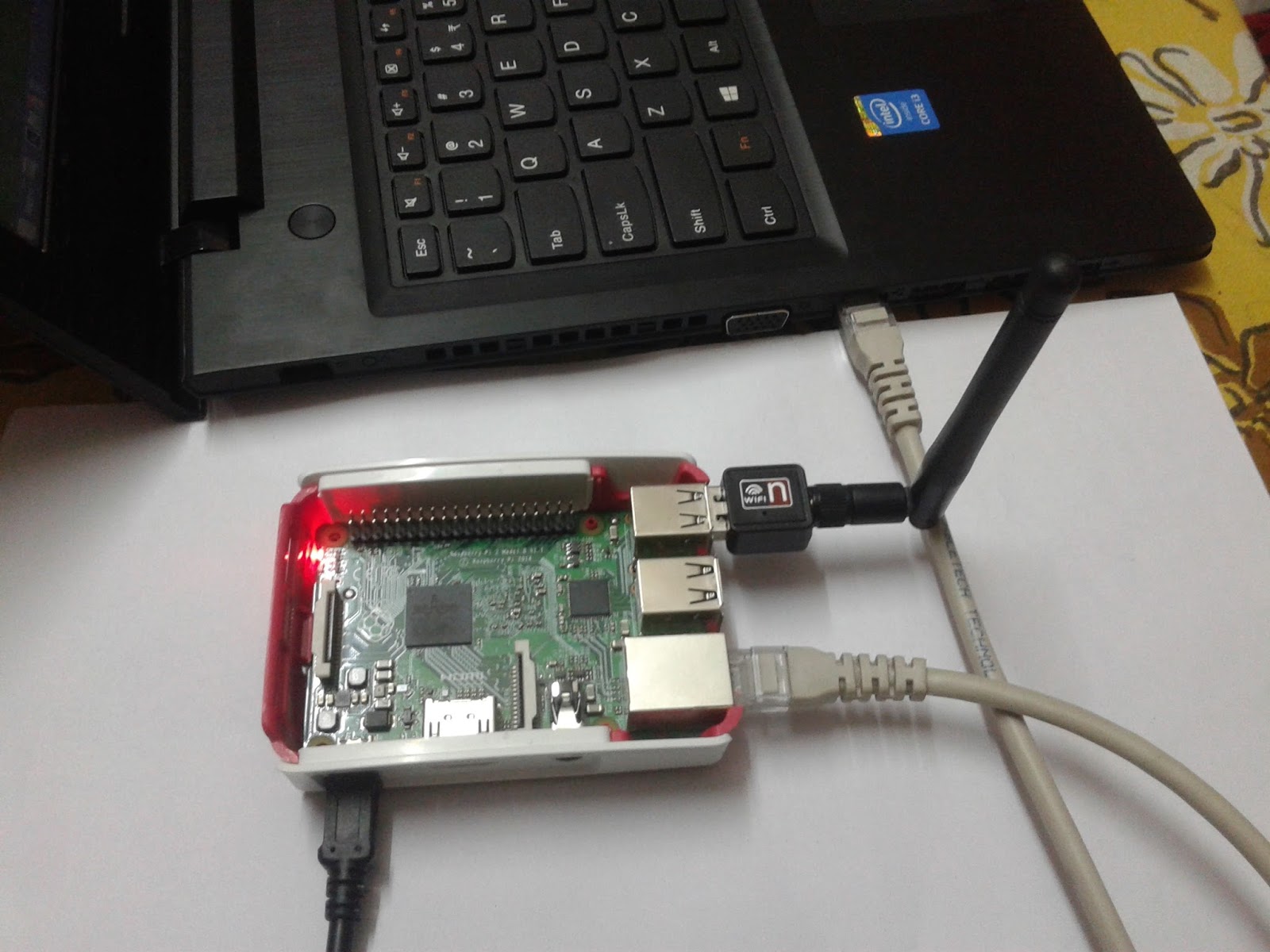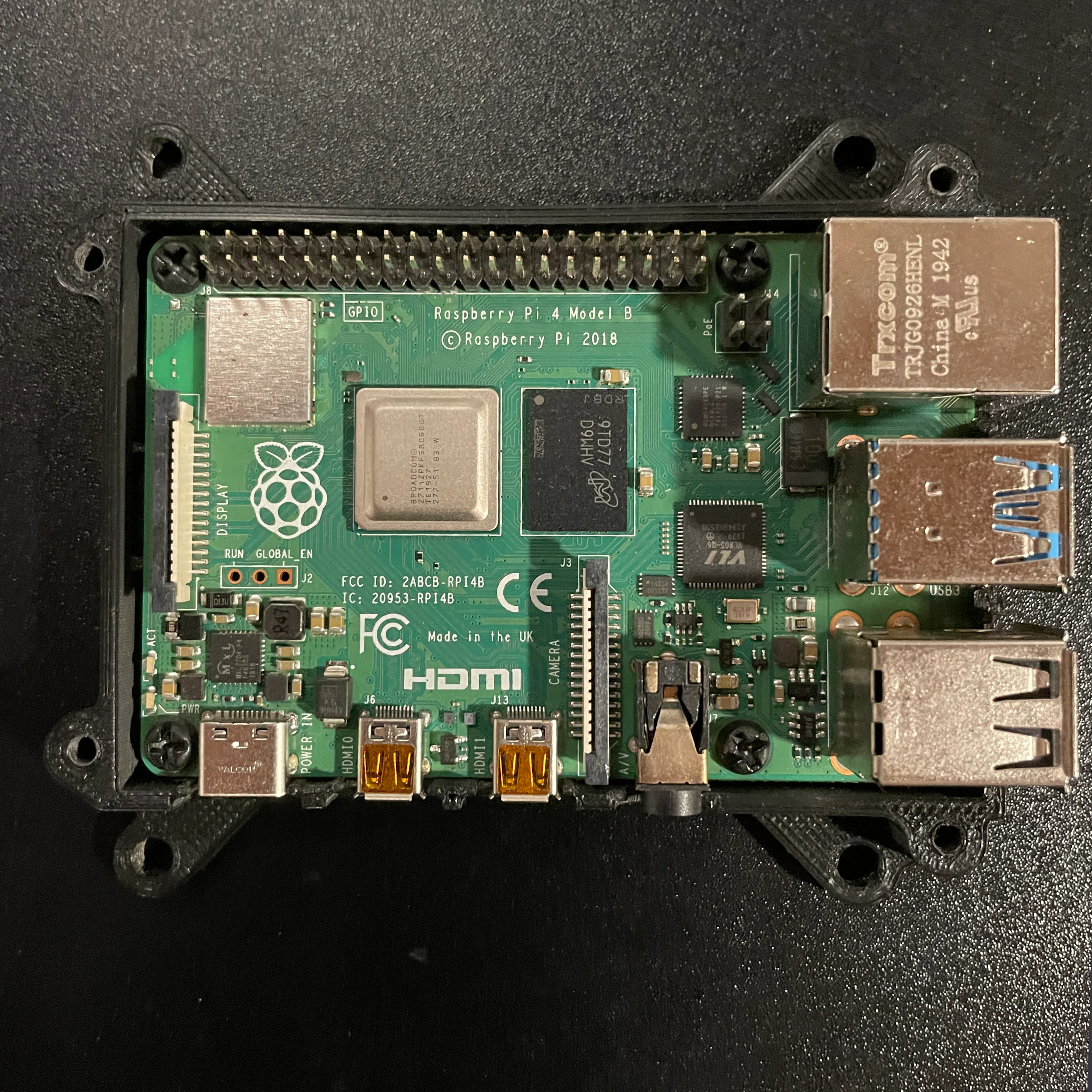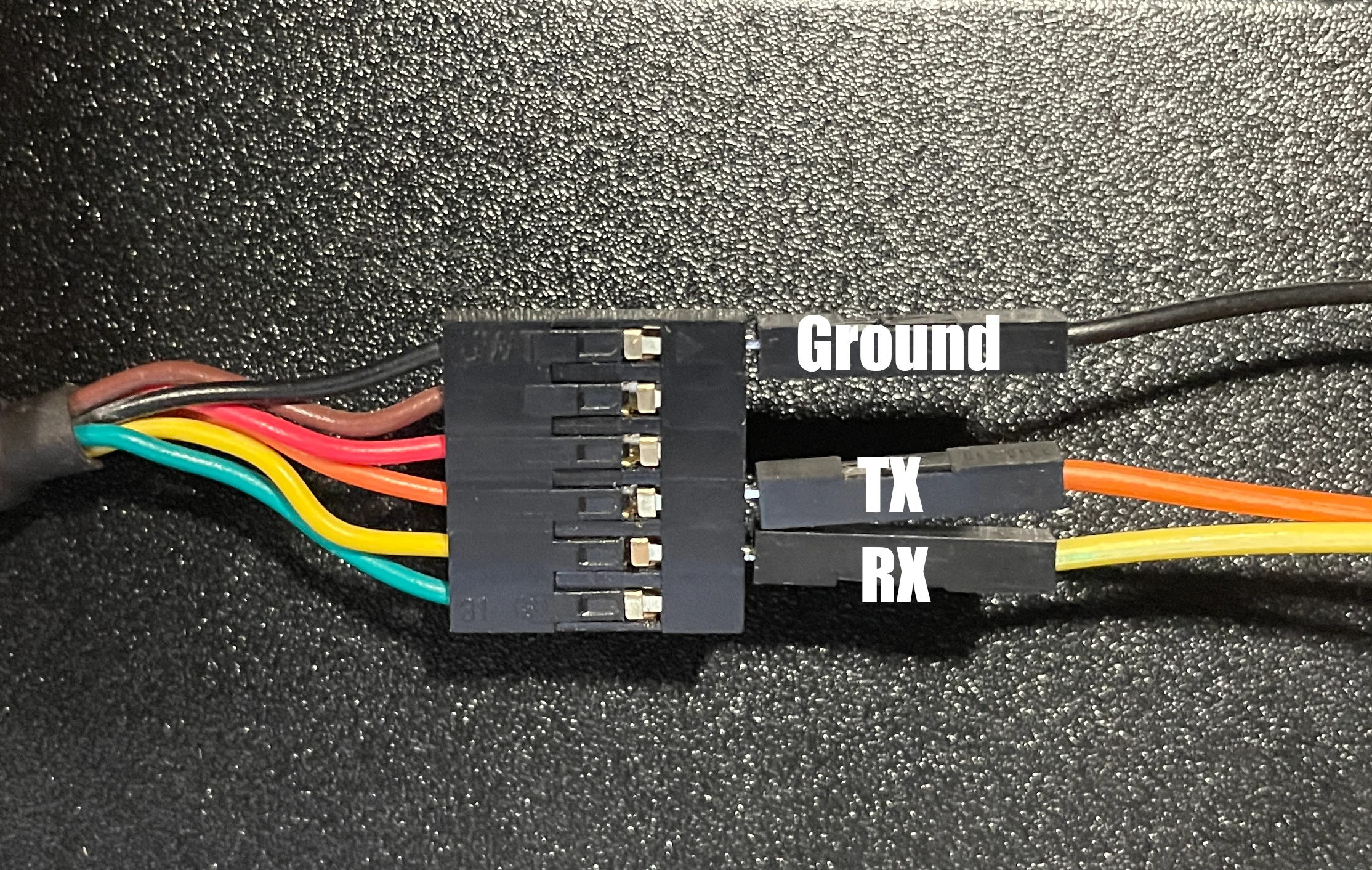Have you ever wondered how you can access your Raspberry Pi remotely without spending a dime? Well, buckle up because we’re diving deep into the world of free remote access for Raspberry Pi. Whether you’re a tech enthusiast, a hobbyist, or just someone curious about this tiny powerhouse, this guide will show you how to unleash its full potential from anywhere in the world. So, let’s get started and explore the magic of remote access with Raspberry Pi!
Nowadays, having the ability to control your devices remotely is not just a luxury but a necessity. With the rise of IoT (Internet of Things), more people are finding ways to manage their gadgets from afar. And when it comes to Raspberry Pi, one of the most versatile single-board computers out there, being able to access it remotely opens up a whole new world of possibilities.
From monitoring security cameras to running servers, Raspberry Pi has proven itself as a reliable workhorse for countless projects. But what happens when you’re not physically near your Pi? That’s where free remote access comes in. It’s like giving your Raspberry Pi a set of wings, allowing you to interact with it no matter where you are. So, let’s break down how you can achieve this without breaking the bank.
- Revolutionizing Financial Management Mid Oregon Credit Unions Digital Banking Platform
- Noah Wyle The Evolution Of A Voice And Its Impact On A Legendary Career
What is Free Remote Access Raspberry?
Free remote access Raspberry refers to the ability to connect to and control your Raspberry Pi from another device over the internet without any cost. Imagine being able to check on your home automation setup while sipping coffee at a café or troubleshooting a server issue while on vacation. Sounds pretty sweet, right? The best part? You don’t need to spend a fortune on expensive software or hardware to make it happen.
There are several methods and tools available that allow you to achieve this, and we’ll be covering all of them in detail. Whether you’re using SSH, VNC, or even cloud-based solutions, there’s something for everyone. So, whether you’re a beginner or an advanced user, you’ll find a method that suits your needs.
Why Would You Need Remote Access for Raspberry Pi?
Let’s face it; not everyone has the luxury of being physically present near their Raspberry Pi all the time. Here are a few scenarios where remote access becomes indispensable:
- Nutranomics Inc Nnrx Unpacking The Stock Marketrsquos Next Big Opportunity
- Unraveling The Controversy Surrounding Tamilblasters A Closer Look At The World Of Free Tamil Movie Streaming
- Home Automation: Check the status of your smart home devices or adjust settings without leaving your couch.
- Server Management: Monitor and manage your web server or media server from anywhere in the world.
- Security Monitoring: Keep an eye on your security cameras and ensure everything is running smoothly.
- Development Work: Continue working on your coding projects even when you’re away from your main setup.
As you can see, the applications are endless. And the best part? You can do all of this without spending a penny on additional software or subscriptions.
How Does Free Remote Access Work?
At its core, remote access works by establishing a connection between your Raspberry Pi and another device over the internet. This connection allows you to send commands, transfer files, and even view the desktop of your Pi as if you were sitting right in front of it. The most common methods for achieving this are SSH (Secure Shell) and VNC (Virtual Network Computing).
SSH: Think of SSH as a secure tunnel that lets you send commands to your Raspberry Pi from a terminal or command prompt. It’s lightweight, fast, and perfect for managing your Pi from a distance.
VNC: VNC takes things a step further by allowing you to see and interact with the graphical desktop of your Raspberry Pi. It’s ideal for tasks that require a visual interface, such as editing files or running applications.
Both methods have their strengths and weaknesses, and we’ll explore them in more detail later. But for now, just know that they’re both free and relatively easy to set up.
Setting Up SSH for Free Remote Access Raspberry
Setting up SSH on your Raspberry Pi is a breeze. Here’s a quick step-by-step guide to get you started:
- Enable SSH on your Raspberry Pi by navigating to
Raspberry Pi Configuration>Interfaces>SSHand selectingEnable. - Find your Raspberry Pi’s IP address by typing
hostname -Iin the terminal. - Install an SSH client on your remote device. For Windows, PuTTY is a popular choice, while macOS and Linux users can use the built-in terminal.
- Connect to your Raspberry Pi by entering its IP address in the SSH client.
And that’s it! You’re now connected to your Raspberry Pi via SSH and can start sending commands to your heart’s content.
Exploring VNC for Free Remote Access Raspberry
If you prefer a more visual approach, VNC is the way to go. It allows you to see and interact with your Raspberry Pi’s desktop just as if you were sitting in front of it. Here’s how you can set it up:
- Install the RealVNC server on your Raspberry Pi by running
sudo apt install realvnc-vnc-serverin the terminal. - Enable VNC by going to
Raspberry Pi Configuration>Interfaces>VNCand selectingEnable. - Download the RealVNC Viewer app on your remote device.
- Connect to your Raspberry Pi by entering its IP address in the VNC Viewer.
With VNC, you can run applications, browse files, and even watch videos on your Raspberry Pi from anywhere in the world. It’s like having a second monitor for your Pi, and the best part? It’s completely free.
Other Free Tools for Remote Access
While SSH and VNC are the most popular methods for remote access, there are other tools you can consider:
- TeamViewer: A versatile tool that offers both SSH-like functionality and remote desktop capabilities.
- NoMachine: Known for its high performance and ease of use, NoMachine is a great alternative to VNC.
- ngrok: A cloud-based solution that allows you to expose your local Raspberry Pi server to the internet securely.
Each of these tools has its own strengths, so it’s worth experimenting to see which one works best for you.
Security Considerations for Free Remote Access Raspberry
While free remote access is undoubtedly convenient, it’s important to prioritize security. After all, you don’t want unauthorized users gaining access to your Raspberry Pi. Here are a few tips to keep your setup secure:
- Use Strong Passwords: Avoid using common passwords and consider enabling two-factor authentication if possible.
- Update Regularly: Keep your Raspberry Pi’s operating system and software up to date to protect against vulnerabilities.
- Firewall Protection: Configure your router’s firewall to only allow connections from trusted IP addresses.
- Use Encryption: Ensure that all connections to your Raspberry Pi are encrypted to prevent data interception.
By following these simple steps, you can enjoy the convenience of remote access without compromising your security.
Best Practices for Managing Your Raspberry Pi Remotely
Now that you’ve got your remote access setup running smoothly, here are a few best practices to help you manage your Raspberry Pi like a pro:
- Organize Your Files: Keep your files and projects well-organized to make remote management easier.
- Automate Tasks: Use tools like cron jobs to automate repetitive tasks and save yourself time.
- Monitor Performance: Regularly check your Raspberry Pi’s performance to ensure it’s running optimally.
- Backup Regularly: Always keep backups of your important files and configurations to prevent data loss.
With these practices in place, you’ll be able to manage your Raspberry Pi remotely with confidence and efficiency.
Common Issues and Troubleshooting
Even with the best setup, issues can arise. Here are a few common problems you might encounter and how to fix them:
- Connection Refused: Make sure SSH or VNC is enabled and that your Raspberry Pi’s IP address is correct.
- Slow Connection: Check your internet speed and consider using a wired connection for better performance.
- Authentication Failed: Double-check your username and password, and ensure that your Raspberry Pi’s firewall isn’t blocking the connection.
By troubleshooting these issues systematically, you’ll be able to resolve them quickly and get back to managing your Raspberry Pi remotely.
Real-World Applications of Free Remote Access Raspberry
So, how can you apply free remote access in real-world scenarios? Here are a few examples:
- Remote Learning: Set up a Raspberry Pi as a learning platform and access it from anywhere to continue your education.
- Home Monitoring: Use your Raspberry Pi to monitor your home’s temperature, humidity, and security cameras remotely.
- Business Solutions: Deploy Raspberry Pi-based servers for small businesses and manage them remotely to save costs.
The possibilities are truly endless, and with free remote access, you can bring your ideas to life without any financial burden.
Conclusion: Embrace the Power of Free Remote Access Raspberry
In conclusion, free remote access for Raspberry Pi is a game-changer for anyone looking to unlock the full potential of their tiny computer. From managing home automation systems to running servers, the ability to access your Raspberry Pi from anywhere is invaluable. By following the methods and best practices outlined in this guide, you’ll be able to set up a secure and efficient remote access system that suits your needs.
So, what are you waiting for? Dive in, experiment, and let us know how you’re using free remote access for your Raspberry Pi projects. Don’t forget to leave a comment, share this article, or check out our other guides for more tech tips and tricks. Happy hacking!
Table of Contents
- What is Free Remote Access Raspberry?
- Why Would You Need Remote Access for Raspberry Pi?
- How Does Free Remote Access Work?
- Setting Up SSH for Free Remote Access Raspberry
- Exploring VNC for Free Remote Access Raspberry
- Other Free Tools for Remote Access
- Security Considerations for Free Remote Access Raspberry
- Best Practices for Managing Your Raspberry Pi Remotely
- Common Issues and Troubleshooting
- Real-World Applications of Free Remote Access Raspberry
- Unveiling The Dark Side Of Filmy4web A Closer Look At The Risks And Realities
- Unpacking The Enigma Of Masa49 A Multifaceted Phenomenon Shaping Modern Culture


